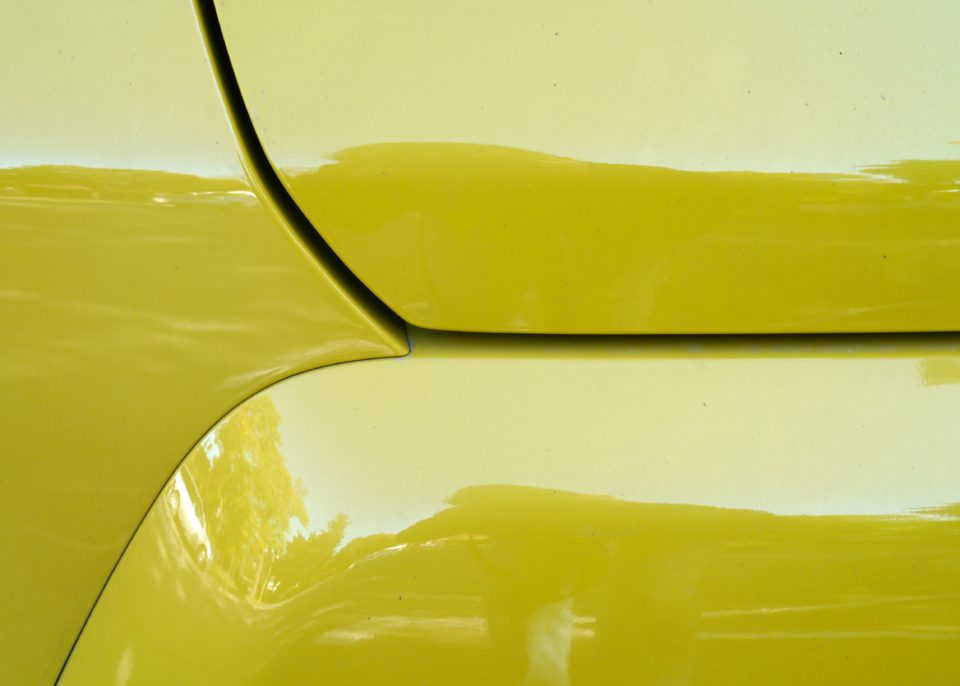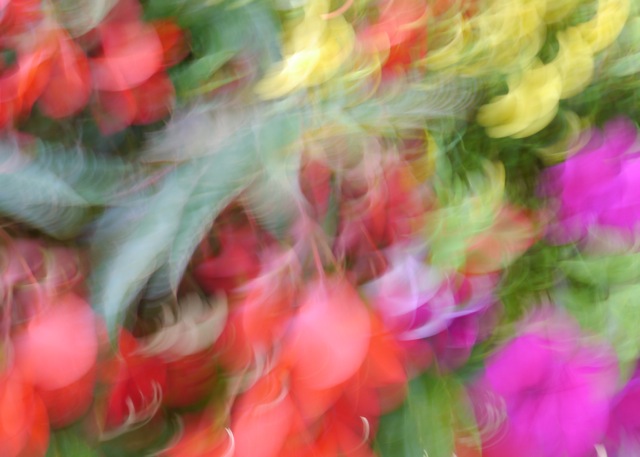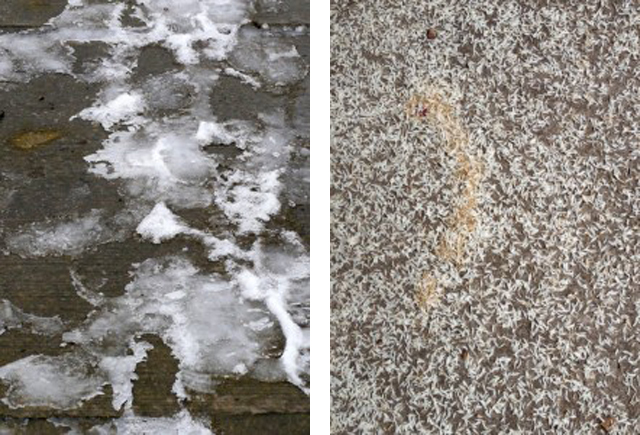
Yellow
Recently in my weekly newsletter, I shared a video of photographer Art Wolfe giving a talk at Google. This video struck a chord with many.
The trick and the challenge is to constantly come up with perspectives, points of view, that haven’t quite been done before. That’s what gets me out of bed, that’s what motivates me.
Art Wolfe is a world-renowned travel and wildlife photographer, as well as art educator. Even so, he tells us that he’s not very technical. As a matter of fact, he may only know 4% of what his camera can do.
His point is that his strengths lie more in the composition and seeing aspects of photography.
The hardest thing for a photographer is to find a compelling image in that 360 degree world we live in. What I try to teach is how to find your subject as you’re walking down the street in any location on the planet and pull out something that 99% of the rest of the population would never see.
The video covers a wide range of subjects and is well worth watching. However, I was particularly drawn to his abstract work. Art Wolfe has a background in painting and he goes on to say that his greatest influences in photography have been painters.
Impressionist Painters
He was first influenced by the Impressionists of the late 1800’s, particularly Georges Seurat, who painted everyday life in Paris in the pointillist style. Wolfe goes on to show many examples he’s found in nature that reflect this style. The example above is one of my images of this style. You can see Art Wolfe’s examples in the video. Note: All images are by me, not Art Wolfe.
Another example he cites is Monet, a well known impressionist painter, who used imprecise brush strokes. Wolfe began experimenting with longer shutter speeds or taking advantage of wind blowing or snow falling to create impressionistic images – something I like to do as well.

Impressionism
At first, he didn’t understand the chaotic abstracts of Jackson Pollock, until “he saw a Jackson Pollock in a mud-spattered vehicle in southern China.”

Pollock-style (left) and Pointillist-style (right)
Van Gogh is another impressionist painter, although his are completely unique and surrealistic. Wolfe describes how reflections that distort reality can often look like a Van Gogh painting. Picasso’s cubist-style can be found in overturned boats and Georgia O’Keefe’s flowers in icebergs in the Antarctic.
In his early years, Wolfe became known as a wildlife photographer. Today he says,
I’m shooting rusting cans in a gutter, to the grand landscapes and everything in-between. As an artist, and having a background in painting, and illustration, and graphic design, I shoot without prejudice. And, it just opens up the world. I never run out of ideas.
I love that saying – to shoot without prejudice. It opens up so many possibilities.
Wolfe goes on to explore composition (something he teaches), the value of leading lines and using different lenses, and shows some of his recent work. One project, called Migrations, is about animal migrations, but is really about patterns. In another, he photographs cultures from above, creating abstract views of people.
More Reading
Post: What do Abstract Expressionism and Graffiti have in common?
Read: The Fun and Freedom of Abstract Photography
Urban Decay Series – Part 1 (Rust), Part 2 (Wabi-sabi and Wood), Part 3 (Walls and Roads)
This is a wonderful post and suits me down to the ground ~ LOL
Although I studied fine art and my specialism was photography back in the days of darkrooms and the like, I found the technical side somewhat challenging to say the least and could never remember the process, forward to the digital age I’m still the same, this does not deter me for my strengths are in my perception and composition and the willingness to explore.
Lovely images, will visit your link later thanks x
Definitely something important to be learned here for me – especially that idea of “shooting without prejudice.” I have definitely excluded certain subject matter from my list – people, nature being two big ones – because of either the technical challenges or my thought that I don’t have anything unique to say.
I have always been challenged by the technical side of things – it is encouraging to know that someone as accomplished as Art Wolfe does not concentrate on the technical side of things.
I’m back having just watched the Art Wolfe video, thank you for sharing. I have this saying about looking for the gifts of the day, this certainly was the gift of the day…x
I’m so glad you watched, Susan. I love sharing this video – so worth it!
What an interesting post, Kim. I love O’Keeffe’s flowers, they’re such an explosion of energy. I really like it when they take on an abstract quality which definitely adds another dimension beyond the simple beauty of a flower.
“To show without prejudice”, yes! Coming into something without preconceived ideas but with innocent freshness!
I’ve finally had the time to sit down and watch the video. What an amazing photographer! Great inspiration! Thanks for sharing this!